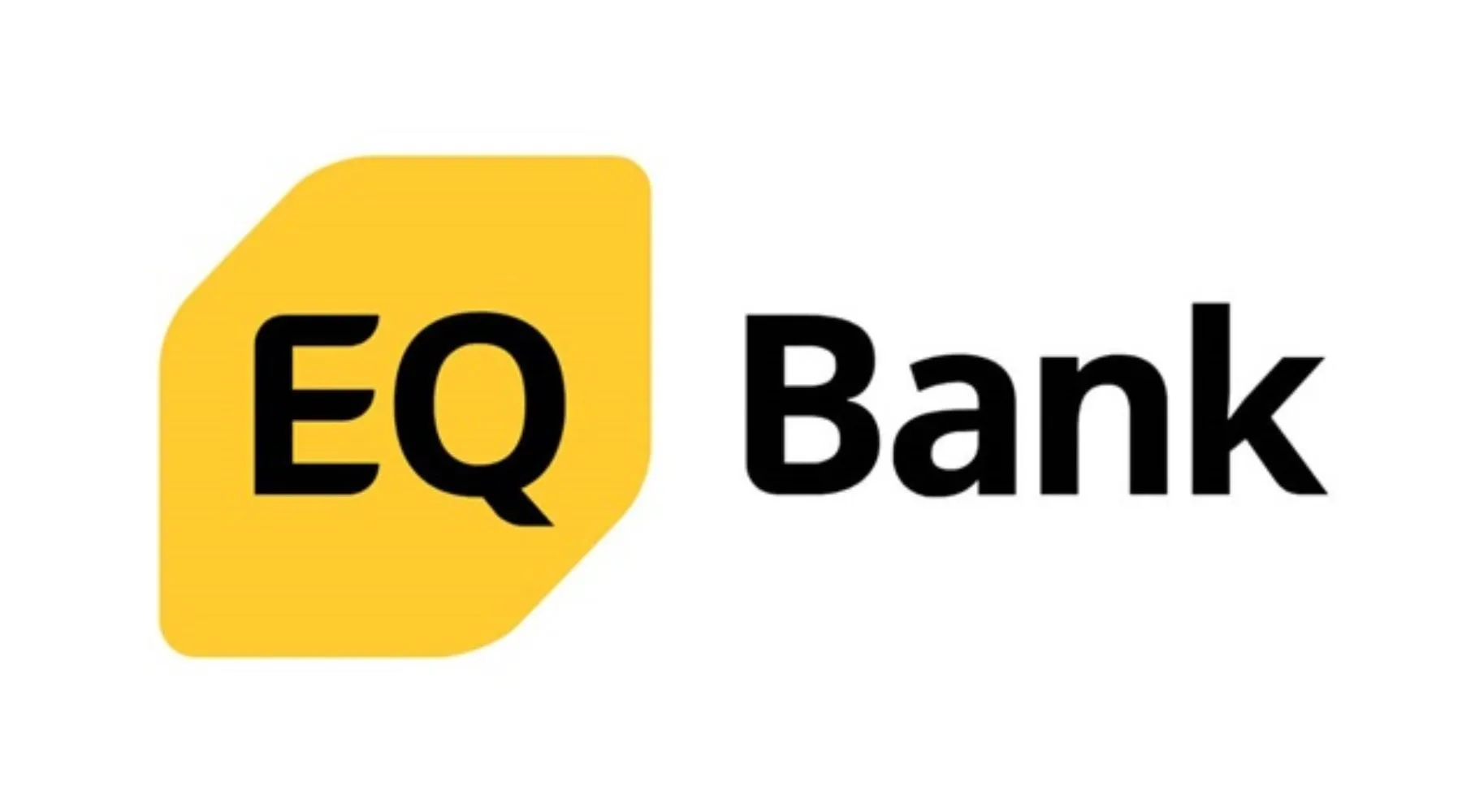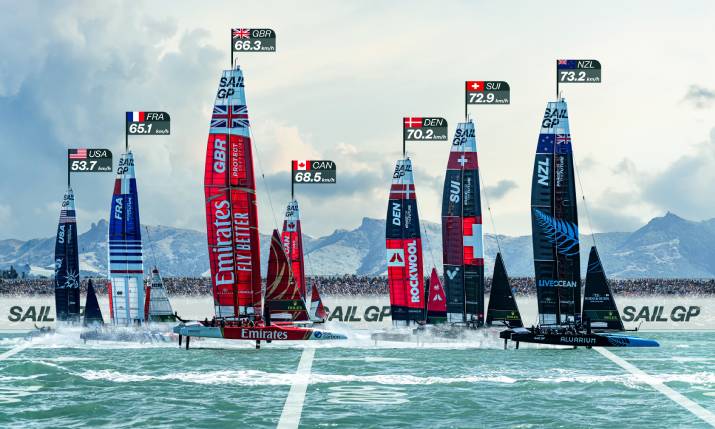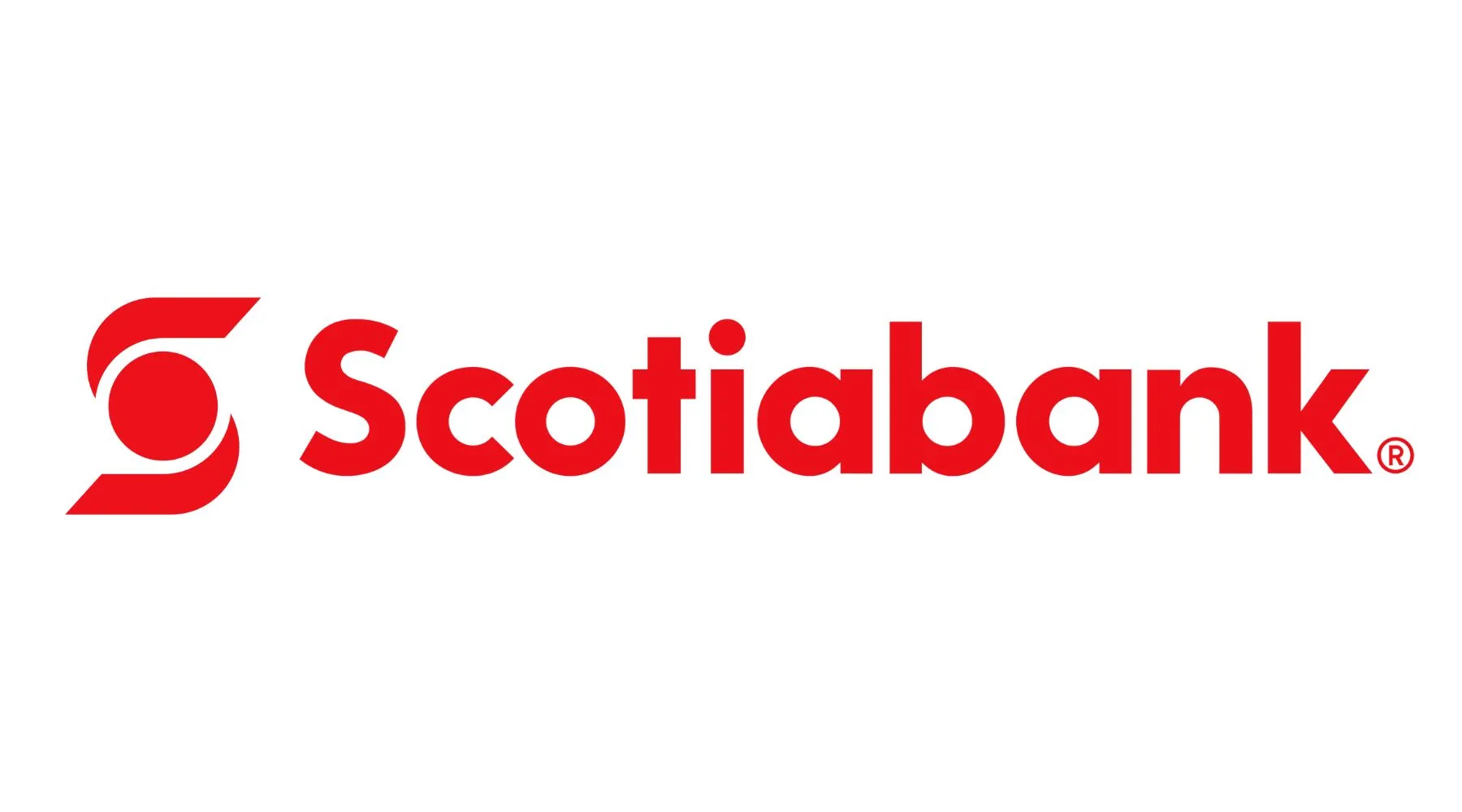Having regular maintenance procedures in place
Improper maintenance can lead to unexpected downtime,high opportunity costs and loss of production. This is especially damaging to a company when shipping delays and quality issues occur so often that customers lose trust. Some pharmaceutical manufacturing facilities are running 24 hours a day, every day of the week, to meet clients’ demands. In this setting an unexpected machine shutdown could lead to dramatic financial losses or put a business at severe risk. This is why regular maintenance is an integral part in pharmaceutical manufacturing and why its performance is crucial.
By following a regular maintenance program, such situations can be reduced to a minimum. To reduce the risk of unplanned downtime, maintenance staff has to be trained properly and management needs to be aware of any irregularities in maintenance procedures. The maintenance team is following a rigorous routine and is expected to communicate effectively among their peers.
But how can you make sure that maintenance procedures are followed properly? And do you have a way to measure efficiency in your current maintenance procedures?
From time-based monitoring to condition-based predictive maintenance
Reactive maintenance is the common way to go: Whenever a breakdown occurs or poor performance is observed, the assets are repaired by a dedicated maintenance team. But if you want to minimize maintenance time and investment, you should employ proactive maintenance procedures. Thus, setting up maintenance plans and routines are ways of continuously monitoring machines. By acting proactively and maintaining machinery regularly, you can reduce unplanned downtimes and breakdowns. But is this the most efficient way of maintenance?
Leveraging AR will reduce errors and increase productivity. It enhances the view of the physical world with computer-generated images, videos, and other content, thereby presenting information in a new way.
Predictive Maintenance with Augmented Reality
IoT Data Visualization
A reliable way of predictive maintenance is based on asset conditions – also known as condition based maintenance. By implementing augmented reality, you can visualize the current state of a machine using IoT data visualization, thereby improving efficiency and quality even better compared to time-based preventive maintenance. You can reduce operational expenditures, limit negative effects of unforeseen circumstances, and predict and prevent potential issues before they arise. By following a technical approach, predictive maintenance can lead to operational and maintenance cost reduction.
Augmented Reality Workflows
Having digital workflows in place can be beneficial for more efficient maintenance procedures and can increase the quality and efficiency of your maintenance. Organizing maintenance missions in digital step-by-step work instructions will reduce human errors, reduce machine downtime, and increase overall efficiency in the long run. By eliminating manual and paper-based maintenance procedures, your workers can focus more on the tasks themselves than the organization and planning of tasks.
AR Remote Assistance
Even if you have predictive maintenance systems and checks in place, update your maintenance plans regularly and keep internal training up to date, there are events out of your control. Pharmaceutical facilities have some of the most complicated production cycles worldwide and failures of machinery have a huge impact on a company’s profits. The cost is way beyond the expense of new parts: maintenance time, downtime, opportunity costs, replacement costs, … If you cannot prevent failures before they arise, you need to handle them as quickly as possible by highly trained experts. And if experts aren’t available on site, you can use remote assistance or internal workflows so regular workers can repair the required parts.
Why Employ Augmented Reality in Pharmaceutical Manufacturing?
As technology advancements are accelerating at a rapid pace, it is important to apply future oriented solutions. Digitalization of Pharma manufacturing with augmented reality can help to address ongoing challenges, adapting to new and previously unfamiliar technologies to use them to their full potential. Pharmaceutical industry workers have to be fully equipped with the right tools to reach their full capacity, being able to react adequately if a machine breaks down.
Pharmaceutical companies will want to work continuously and efficiently in the long run and ever new technology that can add additional value needs to be integrated into one system to work smoothly together. Augmented reality can have a huge impact on your manufacturing company, increasing efficiency in many different areas. Together we can find a custom solution that will fit your needs and give you all the benefits you require.
What do you want to create today?
Contact expert
We look forward to helping you to identify the most valuable use case for your business. Please complete the form if you want to speak to one of our experts or if you want to schedule a demo call.
First Name
*
Last Name
*
Company
*
Business E-Mail
*
Industry
*
— Please select —
Aerospace & Defense
Air Freight & Logistics
Airlines
Auto Components
Automobiles
Banks
Beverages
Biotechnology
Building Products
Capital Markets
Chemicals
Commercial Services & Supplies
Communications Equipment
Construction & Engineering
Construction Materials
Consumer Finance
Containers & Packaging
Distributors
Diversified Consumer Services
Diversified Financial Services
Diversified Telecommunication Services
Electric Utilities
Electrical Equipment
Electronic Equipment, Instruments & Components
Energy Equipment & Services
Entertainment
Equity Real Estate Investment Trusts (REITs)
Food & Staples Retailing
Food Products
Gas Utilities
Health Care Equipment & Supplies
Health Care Providers & Services
Health Care Technology
Hotels, Restaurants & Leisure
Household Durables
Household Products
Independent Power and Renewable Electricity Producers
Industrial Conglomerates
Insurance
Interactive Media & Services
Internet & Direct Marketing Retail
IT Services
Leisure Products
Life Sciences Tools & Services
Machinery
Marine
Media
Metals & Mining
“Mortgage Real Estate Investment
Trusts (REITs)”
Multi-Utilities
Multiline Retail
Oil, Gas & Consumable Fuels
Paper & Forest Products
Personal Products
Pharmaceuticals
Professional Services
Real Estate Management & Development
Road & Rail
Semiconductors & Semiconductor Equipment
Software
Specialty Retail
Technology Hardware, Storage & Peripherals
Textiles, Apparel & Luxury Goods
Thrifts & Mortgage Finance
Tobacco
Trading Companies & Distributors
Transportation Infrastructure
Water Utilities
Wireless Telecommunication Services
Other Industry
Phone Number
*
Country
*
— Please select —
Afghanistan
Aland Islands
Albania
Algeria
American Samoa
Andorra
Angola
Anguilla
Antarctica
Antigua and Barbuda
Argentina
Armenia
Aruba
Australia
Austria
Azerbaijan
Bahamas
Bahrain
Bangladesh
Barbados
Belarus
Belgium
Belize
Benin
Bermuda
Bhutan
Bolivia
Bonaire, Sint Eustatius and Saba
Bosnia and Herzegovina
Botswana
Bouvet Island
Brazil
British Indian Ocean Territory
Brunei
Bulgaria
Burkina Faso
Burundi
Côte d’Ivoire
Cambodia
Cameroon
Canada
Cape Verde
Cayman Islands
Central African Republic
Chad
Chile
China
Christmas Island
Cocos (Keeling) Islands
Colombia
Comoros
Congo
Cook Islands
Costa Rica
Croatia
Cuba
Curacao
Cyprus
Czech Republic
Denmark
Djibouti
Dominica
Dominican Republic
East Timor
Ecuador
Egypt
El Salvador
Equatorial Guinea
Eritrea
Estonia
Ethiopia
Falkland Islands (Malvinas)
Faroe Islands
Fiji
Finland
France
French Guiana
French Polynesia
French Southern Territories
Gabon
Gambia
Georgia
Germany
Ghana
Gibraltar
Greece
Greenland
Grenada
Guadeloupe
Guam
Guatemala
Guernsey
Guinea
Guinea-Bissau
Guyana
Haiti
Heard Island and McDonald Islands
Holy See
Honduras
Hong Kong
Hungary
Iceland
India
Indonesia
Iran
Iraq
Ireland
Isle of Man
Israel
Italy
Jamaica
Japan
Jersey
Jordan
Kazakhstan
Kenya
Kiribati
Kosovo
Kuwait
Kyrgyzstan
Laos
Latvia
Lebanon
Lesotho
Liberia
Libya
Liechtenstein
Lithuania
Luxembourg
Macao
Macedonia
Madagascar
Malawi
Malaysia
Maldives
Mali
Malta
Marshall Islands
Martinique
Mauritania
Mauritius
Mayotte
Mexico
Micronesia
Moldova
Monaco
Mongolia
Montenegro
Montserrat
Morocco
Mozambique
Myanmar
Namibia
Nauru
Nepal
Netherlands
New Caledonia
New Zealand
Nicaragua
Niger
Nigeria
Niue
Norfolk Island
North Korea
Northern Mariana Islands
Norway
Oman
Pakistan
Palau
Palestine
Panama
Papua New Guinea
Paraguay
Peru
Philippines
Pitcairn
Poland
Portugal
Puerto Rico
Qatar
Reunion
Romania
Russia
Rwanda
Saint Barthelemy
Saint Helena, Ascension and Tristan da Cunha
Saint Kitts and Nevis
Saint Lucia
Saint Martin (French part)
Saint Pierre and Miquelon
Saint Vincent and the Grenadines
Samoa
San Marino
Sao Tome and Principe
Saudi Arabia
Senegal
Serbia
Seychelles
Sierra Leone
Singapore
Sint Maarten (Dutch part)
Slovakia
Slovenia
Solomon Islands
Somalia
South Africa
South Georgia and the South Sandwich Islands
South Korea
South Sudan
Spain
Sri Lanka
Sudan
Suriname
Svalbard and Jan Mayen
Swaziland
Sweden
Switzerland
Syria
Taiwan
Tajikistan
Tanzania
Thailand
Timor-Leste
Togo
Tokelau
Tonga
Trinidad and Tobago
Tunisia
Turkey
Turkmenistan
Turks and Caicos Islands
Tuvalu
Uganda
Ukraine
United Arab Emirates
United Kingdom
United States
United States Minor Outlying Islands
Uruguay
Uzbekistan
Vanuatu
Vatican City
Venezuela
Vietnam
Virgin Islands, British
Virgin Islands, U.S.
Wallis and Futuna
Western Sahara
Yemen
Zambia
Zimbabwe
Message
If you are human, leave this field blank.
Send request


